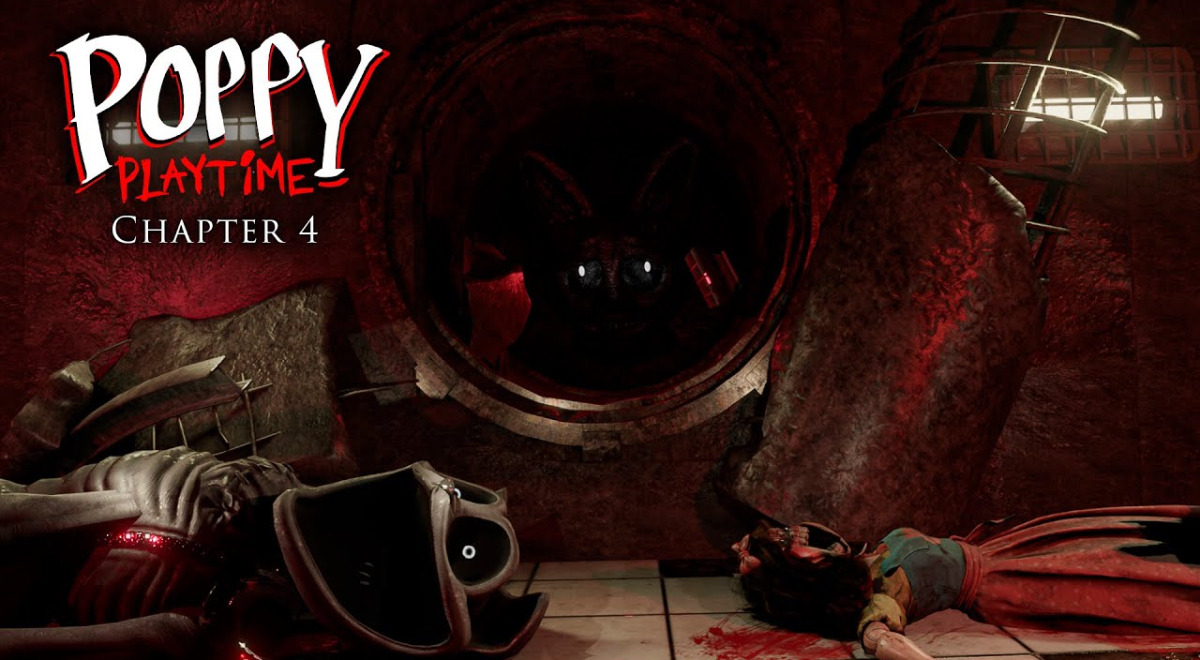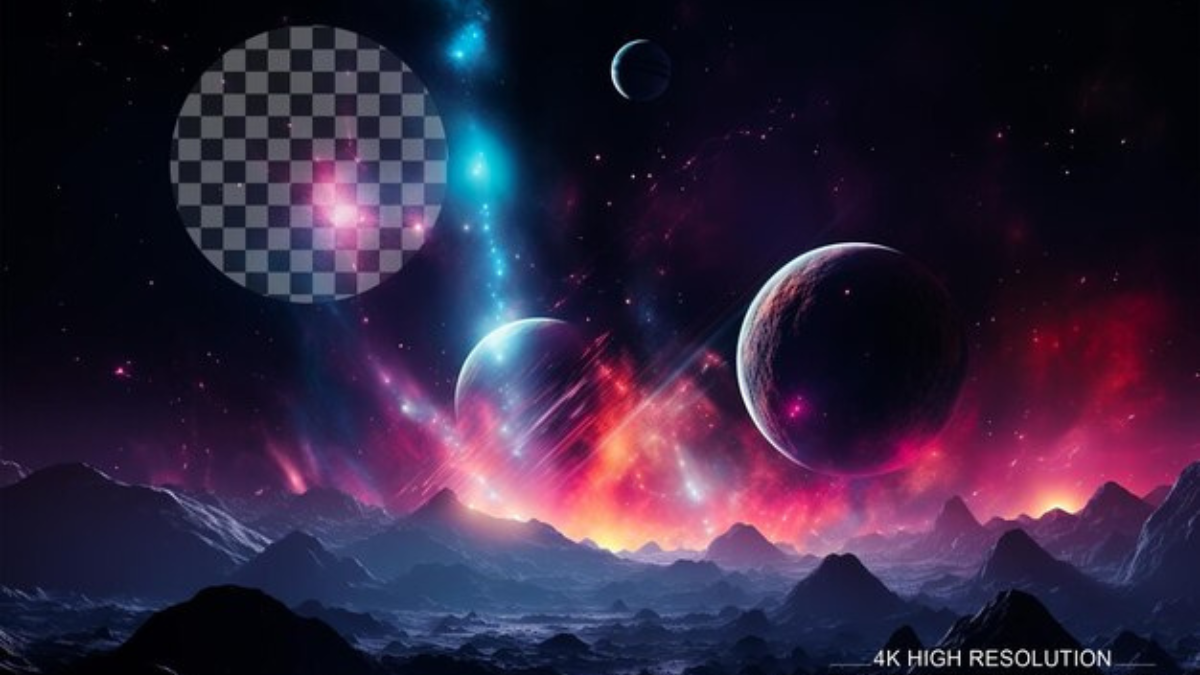In recent days, news spread Discover a rogue or wandering planet It aroused curiosity and interest in this kind of interstellar objects that are scattered in the universe and are difficult to find. These interstellar objects, which have planet-like mass But it is not constrained by gravity to no star, They wander alone through space.
Scientists say it may have formed in the same way as other planets, that is, inside the rotating disk of gas and dust that surrounds a young star. but These worlds are being violently expelled from their celestial quarters into outer space beyond your solar system.
but Discovery from this planet wandering result His recent research Scientists from NASA and Osaka University in Japan Posted in two Articles in astronomical journal, Go further.
The astronomers involved in the research claim that There are billions of such worlds and they are 6 times more Of the worlds that revolve around its suns.
Although scientists have already tried to estimate the number of these orphan worlds, the new study is the first to discover relatively light planets like Earth.
While previous searches had uncovered rogue Jupiter-sized worlds, the team surprisingly discovered that… Earth-sized lonely planets were more commonsaid in a statement Takahiro SumiAn astrophysicist at Osaka University and author of the study.
“We appreciate that Our galaxy hosts 20 times more rogue planets than stars“Trillions of worlds are walking around on their own,” said David Bennett, principal research scientist at NASA’s Goddard Space Flight Center in Greenbelt, Maryland, and co-author of the two papers describing the findings. “This is the first measurement of the number of rogue planets in a galaxy sensitive to planets less massive than Earth,” the expert added.
The team’s findings stem from a 9-year study called MOA (Microlensing Observations in Astrophysics), conducted at the Mount John University Observatory in New Zealand. Microlensing events They occur when an object such as a star or planet aligns almost perfectly with an unrelated background star from our vantage point.
Because anything with mass distorts the fabric of space-time, light from the distant star bends around the nearest object as it passes. the closest object acts as a natural lens, Creating a brief spike in the brightness of the background star’s light that gives astronomers clues about the object in between that they can’t get any other way.
“Microlensing is the only way we can find objects such as floating, low-mass planets and even primordial black holes. It is very interesting to use gravity to discover things “We can never expect to see them directly,” said Takahiro Sumi, a professor at Osaka University and lead author of the paper that provided a new estimate of rogue planets in our galaxy.
With the help of computer models, The researchers calculated the dispersion of masses for more than 3,500 microlens events. These included stars, remnants of stars, brown dwarfs and new planet candidates. That same data was convincing enough for the team to claim the discovery of a new, floating, mobile Earth.) From this analysis, they estimate that there are about 20 times more free worlds in our Milky Way than there are stars, and that Earth-mass planets are 180 times more common than planets. rogue buyer.
the Astronomers and astrophysicists had been calculating for a few years that these planets were really big, about the size of Jupiter. But this theory has been dismissed in recent years, and the discovery of this new Earth-sized planet confirms current knowledge.
“The conclusion that most rogue worlds are small makes more sense than the idea that they are the size of Jupiter,” Bennett said. This is because planets are believed to go rogue when two protoplanets collide with each other. The force of the impact is so strong that it completely expels him from the nascent star system.
but Planets can only be expelled from their star systems by larger bodies. If most of these orphan stars are Jupiter-sized, many so-called super-Jupiters must be orbiting host stars, but these are rare.
In this way, the results indicate that planets with lower masses are most at risk of ejection. They show that planetary-sized bodies colliding with each other during the formation process “may be more common than theorists imagine.”
przymek Mroz, An astronomer at the University of Warsaw who was not involved in the work said the group’s findings were bolstered Indications former Reported in Nature about rogue worlds through observations made using the Gravitational Lensing Optical Experiment and the Korea Network of Microlensing Telescopes. “So now we have three independent studios and three production lines. Independent evidence that free-floating, low-mass planets are very common in the Milky WayHe pointed out to The New York Times.
Experts still question whether these planets were actually liberated or ejected into orbits wide enough that scientists could not link them to a host star. Mroz thinks the observed population may have a mixture of both, but that it would be difficult to deduce the relative numbers of both from microlensing measurements alone.
And in 2027 NASA will launch a new one Nancy Grace Romanian Space Telescope, through which astronomers hope to obtain more and better data on rogue planets, as this powerful instrument can detect hundreds of rogue planets. Experts estimate that there will be about 400 rogue scientists with the same mass as Earth.
Combined with that data from the European Space Agency’s Euclid telescope, or well-placed ground-based observatories, scientists will be able to measure mass more directly, with less reliance on models.
And the expectation is growing as a result of theories that these planets could be habitable. “maybe”, Bennett guessed, explaining that it would be dark without a host star, but not necessarily very cold. Hydrogen in the planet’s atmosphere could act as a greenhouse, trapping heat from its interior, which supports microbial life in Earth’s deep sea vents.
Read on:

:quality(85)/cloudfront-us-east-1.images.arcpublishing.com/infobae/GOXZBCGIJBBQNBW2QIWZLTW2EE.jpg)
:quality(85)/cloudfront-us-east-1.images.arcpublishing.com/infobae/22NNU5QOZFFEBMQNJWOON4ZUUA.jpg)

:quality(85)/cloudfront-us-east-1.images.arcpublishing.com/infobae/4JPNIRFV25CTHAOORQEI3SZCMQ.png)
